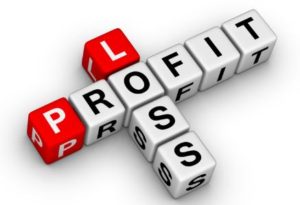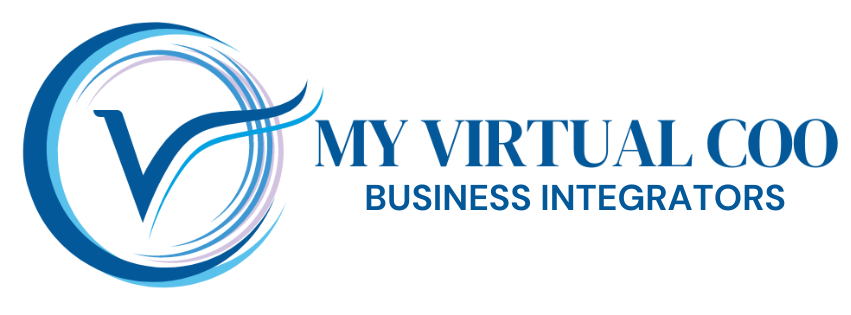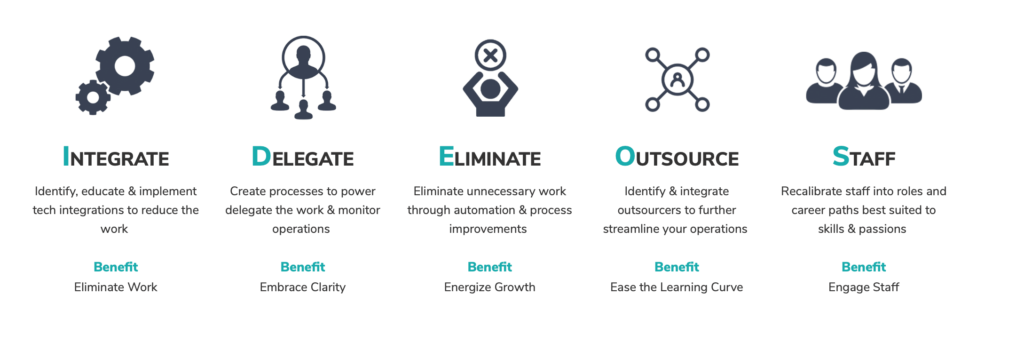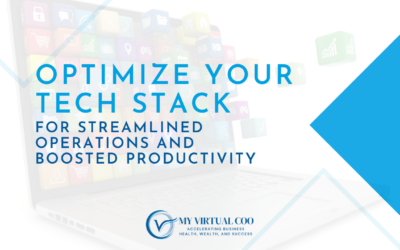
It’s pretty simple for most business owners to tell you where they want their firm to go, whether that’s from a revenue perspective or maybe even a branding standpoint. The difficult task is deciding how to get there and what it’s going to cost to do so. The greatest strategies in the world don’t mean a thing if they cost you too much to implement.
This is where the one and five-year Profit Loss projections come into play. Each of these projections measure and reveal different data. We will begin with the easier projection, the one-year, and address the five-year projection in a subsequent article.
There are multiple benefits to filling out a one-year financial projection. Beyond confirming that new improvement costs and spending will not break the bank, you will subconsciously create a more realistic plan that turns your thoughts into successful actions.
The Benefits of Doing This Projection
The benefits of creating your projection are measurable and soft. However, don’t let the word “soft” fool you. These benefits are just as important as measurable numbers don’t tell the whole story. And the answers to the questions will provide priceless clarity.
How You Do This Projection
To begin this exercise, pull up last year’s PL in your accounting software, change the setting to separate costs by month, and download the report into Excel. Plug in any changes you think you might need or want to make for the year. Be sure to include items like new hires, new revenue projections, compensation changes, marketing increases, technology upgrades, professional development, travel, and more. Be deliberate about which month the new cost starts.
Be Patient and Use the IDEOS™ Process to Guide Your Mind
Once you visually see the numbers and impact to the bottom line, you will naturally adjust revenue goals or costs to afford the new improvements and changes. Every change to the spreadsheet represents a trade-off and thus, your mind will automatically prioritize the improvements and changes. This effort allows you to be honest about which priorities take precedence over others.
Also, be patient with your objectives and expectations being unclear. As counter-intuitive as this sounds, this is a good sign. This indicates that you’re working through the process intentionally and moving to ameliorate the flaws that are holding you back. You’re working toward clarity—clarity of vision and clarity of your priorities. You’re doing the work to gain the psychological capital needed to run a fiscally profitable business.
Deciding how to raise revenue or cut costs in order to reach company objectives will vary from firm to firm. To help guide your mind, you can classify each change as one of the IDEOS™ solutions and decide if it will produce the benefit. The answer on benefits will guide your thoughts in the right direction. You will realize that while going to that awesome conference might sound exciting, maybe the value doesn’t justify the cost because it stops you from developing a staff member’s skills. Or maybe that new hire is needed but you can’t onboard them while paying for a marketing initiative at the same time.
Smart, deliberate planning allows for successful execution, rewarding results, and a sustainable business. And no two businesses’ priorities, PL projections, or solutions will look the same. Your priorities will align with your company objectives. Those objectives will be met by a team uniquely your own. So, what works for you won’t work for others, and that’s ok. In fact, it’s great! It means you are building a company culture and client experience that reflects who you are as a business owner. And this, my friends, is going to be the greatest differentiator among businesses for the foreseeable future.
At My Virtual COO, we help service-based health, wealth, and advocacy business owners optimize talent and systems to accelerate business success by improving the most important parts of the business, including:
- Growth, Profitability, and Impact Projections
- Organizational Design
- Lean Process Design
- Client Experience Documentation
- Productive Collaboration and Change Acceleration
- C-Suite Training








